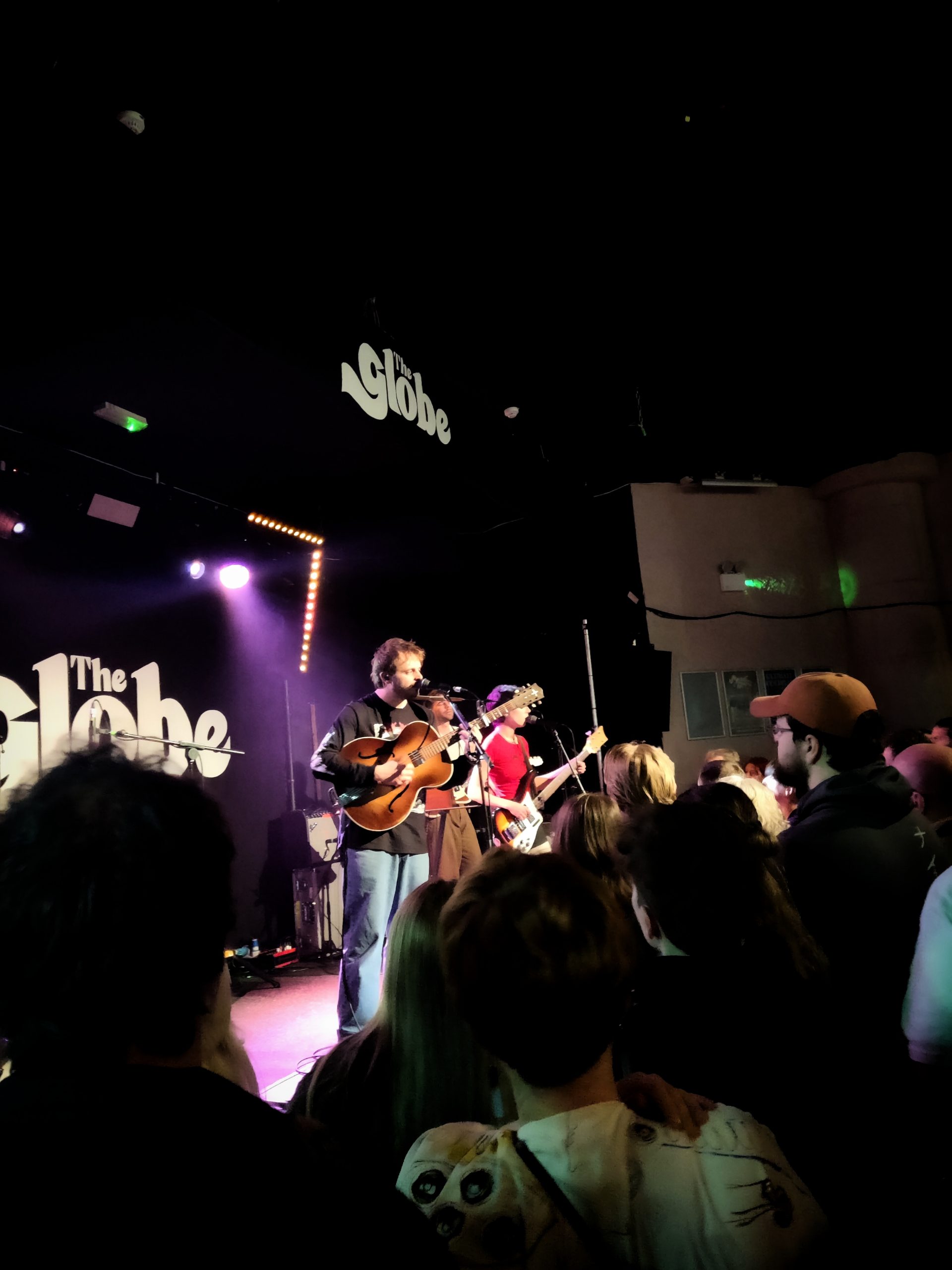By Ellie-Anne Davies
The picture of a lush green landscape, blue skies and a while stallion mounted by a glimmering suit of armour is not an unfamiliar concept to us today. The knight is often branded as the hero, a protagonist and the pinnacle of masculinity in many a tale, but now we see the character in conflict with so many social changes and ideas to where they’re largely an outdated concept. The trope has evolved and been mediated to a point where it’s almost unidentifiable only if it was not for the prevalence of a damsel in distress. So, how has the Knight in shining armour managed to gallop on in a world where women are no longer prisoners of their own means, men no longer need to save the day and queer narratives challenging the knight’s heteronormative messages are crucial to the world we live in today, all while still oozing romance and fantasy capable of making hearts swoon.
King Arthur, of Legend and The Canterbury Tales, is considered the typeset of the ÔÇÿKnight in Shining Armour’: he’s characterised by nobility, chivalry and idealism, all of which are central traits of the trope. Arthur and others like his are products of chivalric romance, a literary genre popularised in medieval and early modern Europe that’s identified by courtly life, selfless quests, mythical creatures and most notably, serving their damsel. King Arthur is not exclusive to this, as real historical figures such as Charlemagne and Alexander the Great have been fantasised and written into a chivalric romance or two, but it did not take long for the character to evolve beyond this.
Parodies of the trope have been one of the most prevalent ways the character has evolved. Many creatives have taken traits of famous narratives and used this to deconstruct and criticise the character. Don Quixote, published in 1605 by Miguel de Cervantes, exaggerates the idealism of the knight in shining armour with his main character Alonso Quijano who is obsessed with chivalric romances and develops the delusion that he is a knight, becoming Don Quixote de la Mancha where he finds himself in conflict due to his delusions as he takes on quests that are not a part of reality. Although this interpretation lacks some of the romantic sentiment of other interpretations, it marks a start in how the character has been mediated to suit modern audiences. Popular takes on the trope today that make use of parody are characters such as Prince Charming for the Shrek franchise, and Prince Edward from the Enchanted franchise.
A knight and his damsel come hand in hand in chivalric romance, but since the time of its inception, women have been fighting against the narrative that they need to be saved by another and can in fact do it themselves. It was not until women’s voices were finally being published did we begin to see the inner workings of the damsel and how they conceived their own found freedom. Pride and Prejudice, Austen’s tantalous romance, has captured the hearts of Gen Z audiences today in the form of stunning Keira Knightly and mysterious Matthew MacFadyen, but Elizbeth Bennet’s story is shrouded in the context of societal advancement through marriage from its opening line, and taking advantage of that was a woman’s only chance of saving herself. Heroines such as Elizabeth Bennet and Jane Eyre sparked a revolution in female narratives, taking it to the place we see today post-women’s rights movement. As we’re making our way through the 2020’s, a new form of the knight in shining armour is being presented through the lens of female friendship. Dolly Alderton’s Book Everything I Know about Love (2018), Olivia Wilde’s Film Booksmart (2019) and recent portrayals of Alcott’s Little Women (2019) by Greta Gerwig are highlighting the power of female friendship and how many find their saviours today in the form of a great group of friends around them.
The focus on men’s mental health is especially poignant now with the staggering rise in men taking their own life. As a result, we’re seeing more and more narratives of men finding love and support without adhering to the patriarchal standard. Characters such as Connell Waldron from Sally Rooney’s Normal People is an interesting example of this. We see the character’s mental health decline through the novel from the loneliness and lack of identity he feels at university, so he finds sanctuary in his relationship with Marianne but more importantly by seeking the help of mental health professionals. This part of the story is an important progression and sees an invaluable message being shared, and that is the importance of seeking out help from others around you in times of need: even if it’s your partner, family, friends or professional guidance. In many ways, we see the knight in this incarnation being saved by those they love around him and seeking happiness in those relationships. If anyone reading is struggling with their mental health, we strongly recommend reaching out: please visit www.mind.og.uk for any information on accessing support.
Lastly, there’s the queer voices and how the knight in shining armour finds itself in a place that has been deprived of accurate representations until very recently. The romance genre and the knight in shining armour trope have been reinforced and laced with practical heteronormative ideologies through time. As a result, queer narratives need to fight and battle against this to not only achieve realism but a heartly story also. Heartstopper (2016 ÔÇô present), is an interesting representation of how the knight in shining armour trope can move forward in these spaces. We see both characters, Charlie and Nick, act in honour of each other throughout the story: Nick stands up against Charlie’s school bullies while we see Charlie as a guiding force in Nick accepting his own sexuality. This is a far more equal and representative form of a relationship that can see the knight in shining armour evolve into something far more subtle and sweet.
The knight in shining armour today is a far different image to the one of a shining suit of armour atop a white horse in a lush green plain. Instead, today we see the knight as the support of our friends, the affection of our lovers and in the wake of the pandemic, the lifesaving jobs of our key workers. What time has told is that anyone could be seen as a saviour to another for the biggest and tiniest acts of kindness. As we reflect on the just-celebrated Valentine’s Day, a time for love and affection, we should remember what these little knights in shining armour do for us every day and how we can be the hero also.


